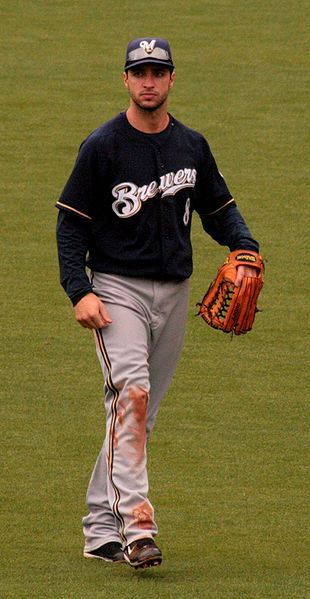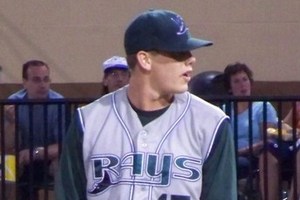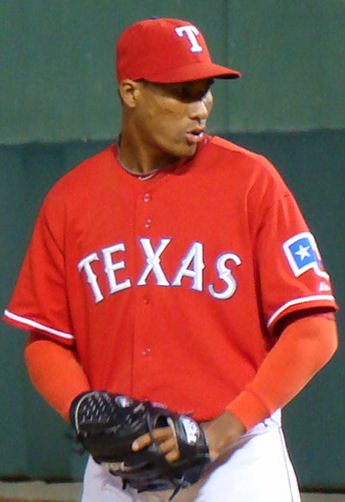The Milwaukee Brewers agreed with Ryan Braun on a 5 year $105 million extension.
Braun is somewhat of an underrated, or possibly unknown since he plays in Milwaukee, player. According to FanGraphs, Braun is:
9th in wRC+
11th in wOBA
4th in slugging
10th in ISO
10th in home runs (if you're into stats like that)
since coming up in 2007.
The offense is excellent, but defense...
Braun was a disaster at 3B in his rookie season. Posting a UZR of -27 while making
Braun is no gold glover in LF but is much closer to being adequate with a career UZR of -7 there.
Braun is 26th in total WAR over the last 4 seasons and would be higher if not for the poor defensive showing his rookie season.
Braun's seasonal WAR
2007: 2.8
2008: 4.6
2009: 4.9
2010: 4.2
The stats I posted above show that Braun is a slugger but he is a pretty complete hitter otherwise. He walks close to 8 percent of the time, about average, while striking out about 20% of the time-and has been improving that area of his game steadily.
*Click to make bigger
Braun looks like a pretty safe offensive force going forward.
Braun signed an 8 year $45 million extension in May of 2008, his 2nd year. That contract bought out all of Braun's arbitration years and 2 free agent years.
The new contract technically overwrites the old contract, though the dollar amounts for the years 2011-2015 are the same (some monies might be deferred).
The original contract was an excellent one. Assuming 5% salary inflation, $5 million per WAR and Braun as a 4.5 WAR player through his age 30 season, the original contract would have provided the Brewers with $53 million in savings (discluding the $10 million signing bonus).
*Click to make bigger
Using the same assumptions, the new contract has the Brewers overpaying by about $9 million (call it even if you add in the signing bonus). Usually teams take discounts on long-term contracts to insure against risk of injury, decline, world-wide financial crisis, etc.
So I'm not really sure why the Brewers made this deal now. They already had Braun locked in for the next 4 seasons and they are paying him what can reasonably be expected to be his market value for the 5 seasons after that. They could have waited until the previous deal expired and likely signed Braun to a similar contract with less risk if Braun fails to perform or is injured.
Braun IS just 27 this year. Perhaps the Brewers feel that he will over perform the 4.5 WAR estimate. If Braun is a 5 WAR player the contract would save the Brewers $10 million over the second half of the contract.
Perhaps the Brewers feel that 5% inflation is too low. At 7% they would save $3 million and at 10% they would save $23 million.
The Brewers must see something that I don't for this extension to make a lot of sense.
*Stats from FanGraphs
*Contract data from Cot's
Other Contract Reviews:
Adrian Gonzalez
Clay Buchholz





















